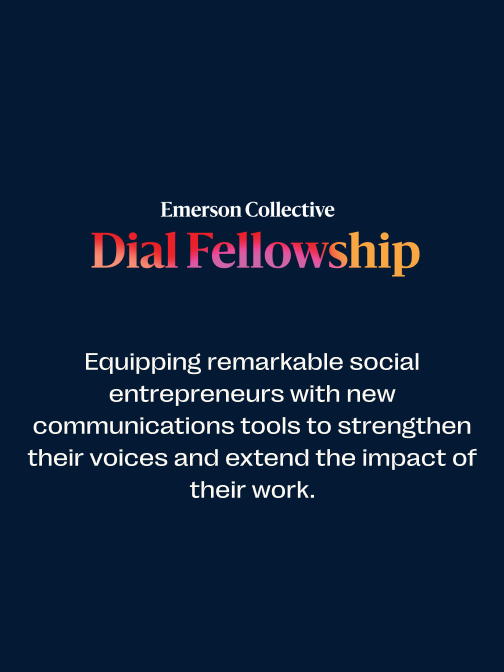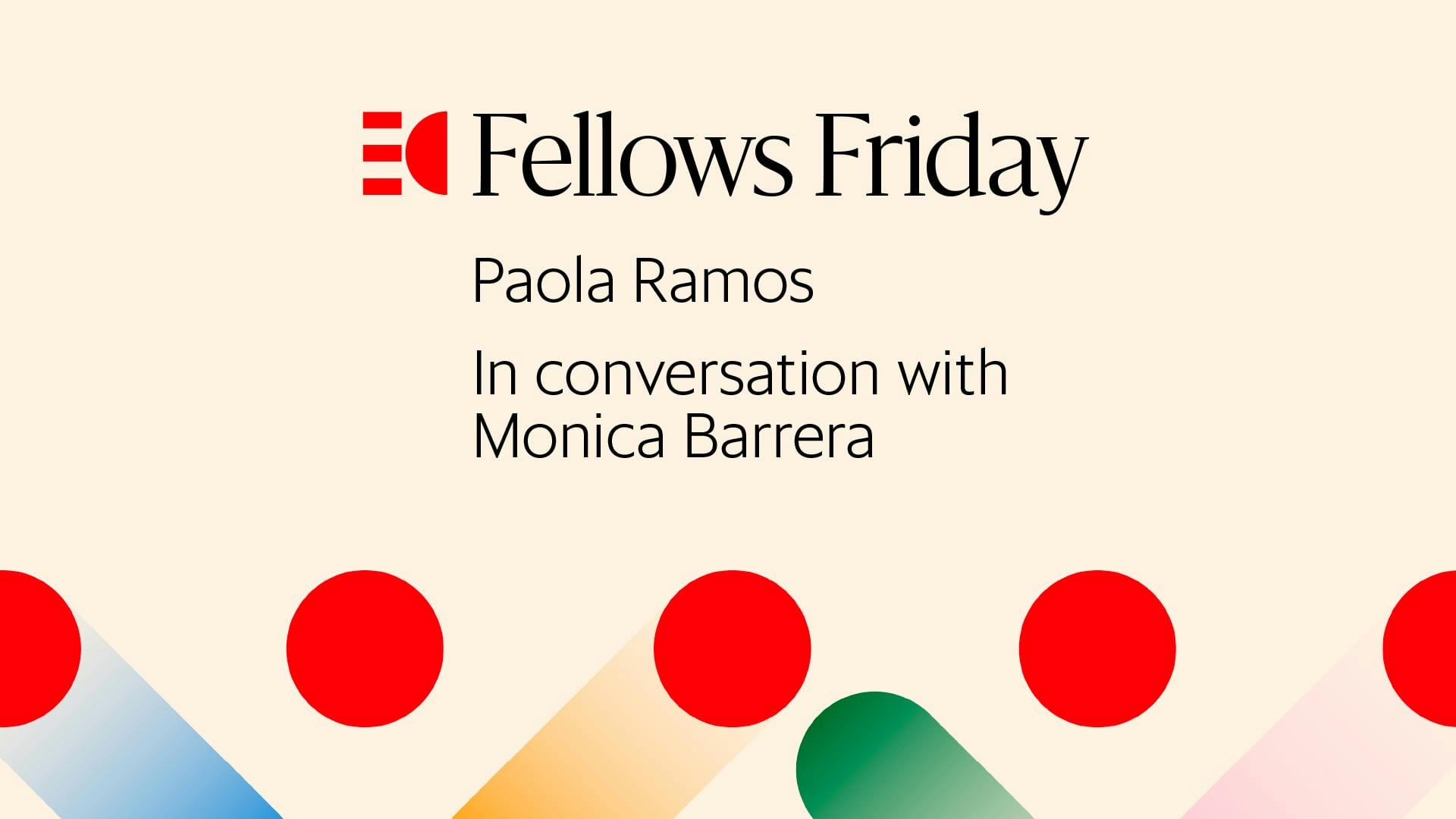
Dial Fellowship
5 min read

FELLOWS FRIDAY SERIES: Writer and activist Paola Ramos discusses her new book, Finding Latinx, and sheds light on the term, “Latinx,” and how to think about the Latinx vote in the 2020 election.
Journalist Paola Ramos was not alone in thinking the world would wake up to a different headline the day after the 2016 election.
As deputy director for hispanic media for Hillary Clinton’s 2016 presidential campaign, she expected Latino voters to show up at the polls and to be a driving force in a Democratic win. But the headlines—and the numbers—told a different story. When Ramos realized that less than 50% of those eligible voters showed up, she had a crisis of identity.
“When we talk about ‘Latinos,’ when we talk about ‘the Latino vote,’ when I talk about myself—do I even know what I’m talking about?” she wondered. “Have I taken a step back, to understand how I have changed and evolved as a ‘Latina’; and what the differences are, between myself, and my dad, and my parents?”
This question became the seed for her new book, "Finding Latinx: In Search of the Voices Redefining Latino Identity." Through the book’s creation, Ramos, who is queer, Cuban, and Mexican, came to terms with the multiplicity of her own identity, discovering that "There is a name for all of this. I can be everything I want, if I want to."
That name is Latinx, and it grounds Ramos' new cross-country travelogue. The book explores how the many, diverse Latinx communities across the U.S. navigate their multiple identities, backgrounds, and languages—including Indigenous Oaxacans, musicians in Milwaukee, an undocumented drag queen, environmental activists, farm workers, and migrants detained at the U.S. southern border.
"Finding Latinx" is a deeply researched work that reveals the beautiful intricacies of the nearly 60 million Latinxs in the U.S. The book is an invitation to expand our conception of what it means to be Latinx and what it means to be American.
Ramos recently spoke with Monica Barrera, director of strategic partnerships at the Immigration Hub, about the book, and about how the term, “Latinx,” has the potential to build understanding and solidarity among young Latinos.
Words evolve with the country. Words evolve with change. So far, I think the words, “Hispanic” and “Latino” carry a legacy and a form of discrimination. The Spanish language, itself, is gendered, and so that in and of itself makes some people feel like they don’t belong. It also carries a whole legacy of limitations and discrimination and criminalization in history. The words, “Hispano,” “Hispana,” “Hispanic"—it’s the same. Those words carry the White colonizer story—the conquistador story—and they automatically erase Indigenous folks and Black folks.
So, Latinx is simply what I think of, as the evolution of “us.” It is a way to simply include people who have never felt included in labels, in words, in a community, in our stories. And, I think, the challenge is that we’re defining it as we go. That’s why you receive a lot of pushback, and a lot of rejection of the term. People don’t really know what it is. But, then, when you break it down for them, and you say, "Look, ‘Latinx’ is simply a way to include Afro-Latinos, who have never felt included; Indigenous folks who have never felt included; trans folks; queer folks." It is simply a word that forces us to break our own stereotypes.
There are 3 million Afro-Latinos in the U.S. There are over 1 million Latinos who are Indigenous. There are Latinos who are Muslim. There are queer Latinos; trans Latinos. I went into the country knowing that was a wider picture that I had missed.
I wanted to go to places that I thought I knew—like Miami, for instance which is where I was born—and rediscover them; talk to the people I had never talked to. I wanted to go to places in the country, like the Midwest, that, some assume, are “not places for us,” not places where Latinos belong; and I wanted to see why Latinos had made these places feel like home. I wanted to re-shift the idea of where the heartland is, and have folks understand that it doesn’t necessarily have to be in the center of the country. It is in the borders and in the farmlands, where there are people who are fueling us and nourishing us and making us stand and eat every day. That was the concept of the book: to break my own stereotypes of regions in the country and my understanding of where our people were and are.
[Latinx] is a way to simply include people who have never felt included in labels, in words, in a community, in our stories.
It makes an incredible difference when you make people feel included in language. That is a source of pride for a lot of people. I think, when you tie these words to real humans and to real stories, they become less abstract; and I think that goes a long way. So, I always try to put a face to the words, to put a face to the “x.”
My grandfather is a perfect example. My grandfather is a Cuban exile. He is someone who came to this country with the sole purpose of having the ability to reinvent himself—to have opportunities that he didn’t have in Cuba. I remember his dinner table while growing up. There were queer Cubans at our table, and there were Afro-Cubans at our table. It was my grandfather who took them in. I told him, “You are the definition of ‘Latinx.’”
Members of the generation of young Latinos are rejecting for themselves a lot of the pains that their parents went through. They’ve grown up watching their parents be criminalized; watching their moms make less money than White men. And, particularly under the COVID-19 pandemic, they—we—demand much more than that. We reject the status quo, so I think people will show up to vote.
But, I think, maybe what is missing, is the inspiration part. People are scared, and being scared doesn’t necessarily make you go vote. How can we inspire people? How can we make people feel like they actually belong, and that change is real, and that they will be part of it? Inspiration is the thing that makes you go vote.
Inspiration is the thing that makes you go vote.